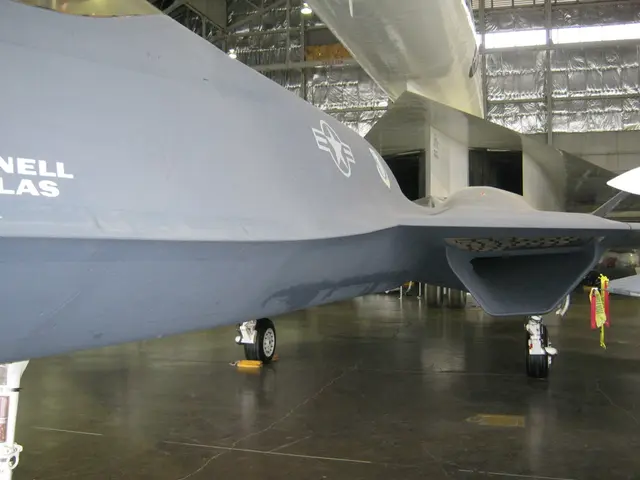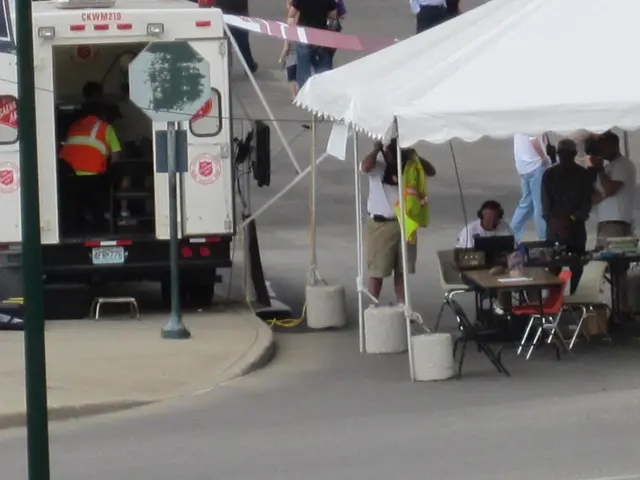Soviet Bomber Crashes in East Pomerania, Remaining Under the Radar for Many
In the quiet town of Karnin, near Stralsund, a mysterious event unfolded on September 20, 1985. A MiG-27 K fighter-bomber, a sophisticated aircraft equipped with laser-guided missiles, met its tragic end in the dense forest close by.
Despite extensive searches, no verifiable records of this incident have been found, and the details surrounding the crash remain shrouded in mystery. However, local accounts and investigations by a former lieutenant colonel of the National People's Army (NVA), Manfred Rassau, have provided some intriguing insights.
The crash site, located on the B105 federal road, was deep in the forest and required heavy equipment to access. Upon arrival, the soldiers found the pilot's helmet buried almost 20 meters into the ground, offering a grim reminder of the impact's force. The crashed MiG did not explode but shattered upon impact, scattering countless small parts throughout the woods.
Colonel Gennadi Aleksandrovich Kuznetsov, the pilot, was the commander of the 19th Guards Aviation Regiment stationed in Lärz on the Müritz. On that fateful day, despite the bad weather, he was flying a training mission. The exact cause of the crash remains unknown, but it occurred at an altitude of 5000 meters and impact speed of over 1000 km/h.
The crash site was cordoned off by the Soviets after Manfred Rassau and the local liaison officer (ABV) visited it. A memorial site commemorating Colonel Kuznetsov was set up by Soviet soldiers and maintained by local residents after reunification. The memorial, near the actual impact crater of the MiG-27, features a gravestone with a Soviet star and a stylized airplane, with inscriptions in Cyrillic.
Manfred Rassau began his investigation after reunification in 1994. He discovered a metal piece of the MiG-27 with its identification number, which helped him determine the type of plane. The regiment in Lärz held a small memorial service for Kusnezov before his mortal remains were transferred to the Soviet Union.
However, the crash site and the pilot's fate were kept secret by the DDR and the Soviet Union for many years. It was only after the fall of the Berlin Wall that the truth began to emerge. Despite Rassau's tireless efforts, the full story of the crash remains elusive, with many questions unanswered.
This enigmatic incident serves as a poignant reminder of the past, a testament to the power of determination in seeking the truth, and a call for the declassification of such historical military aviation incidents for a more comprehensive understanding of our shared history.
- Intriguing accounts suggest that the aerospace industry might have been indirectly involved in the mysterious crash of the MiG-27 K fighter-bomber, given the aircraft's sophisticated technology.
- The Financial implications of the accident are not entirely clear, but it is known that the crash site was cordoned off by the Soviets and a memorial was erected, indicating potential costs associated with the incident.
- This general-news story of the MiG-27 crash in 1985, shrouded in mystery and kept secret for many years, leverages various aspects of the aviation and news industries, as well as the finance and defense sectors, to shed light on a historical event.








